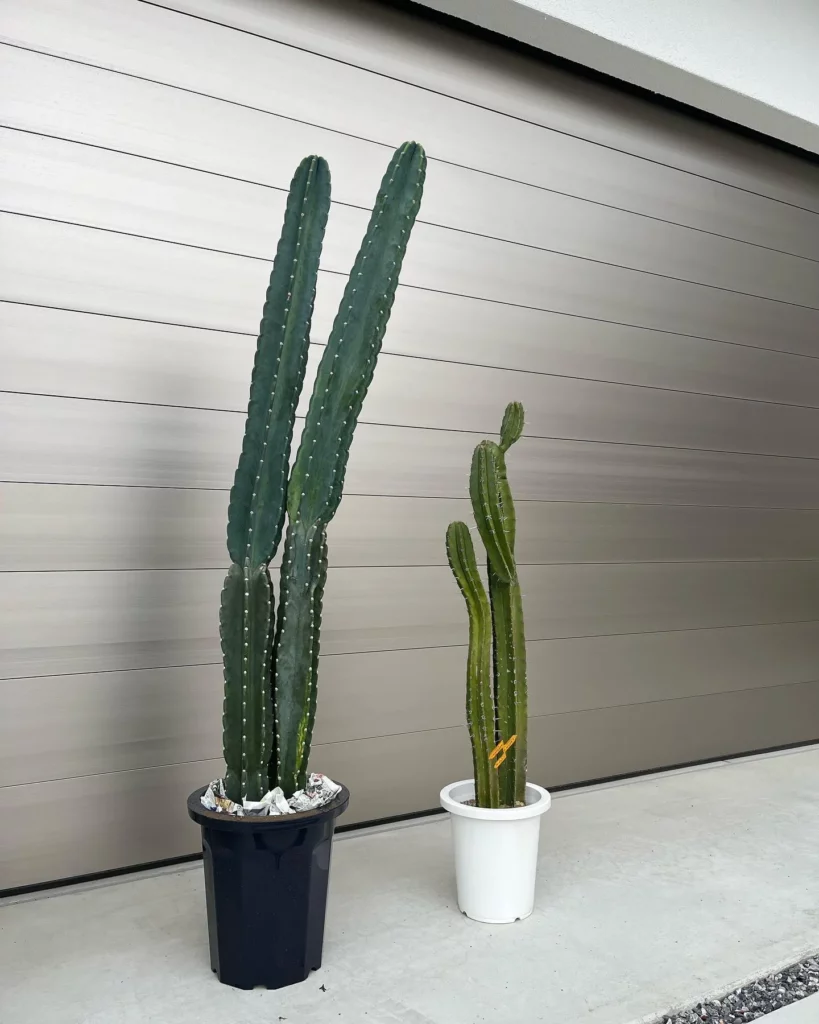The Living Rock Cactus plant, also known as Ariocarpus fissuratus, is a camouflaged succulent that will transform your outdoor space into a mesmerizing oasis. With its ability to blend seamlessly with its surroundings, the Living Rock Cactus is truly a one-of-a-kind sight to behold.
Featuring flattened, rounded leaves that resemble stones, this succulent is a master of disguise. Its appearance perfectly mimics rocky terrains, making it virtually indistinguishable from its arid environment. The Living Rock Cactus is a living testament to nature’s ingenuity and an exceptional addition to any garden.
Appearance of the Living Rock Cactus
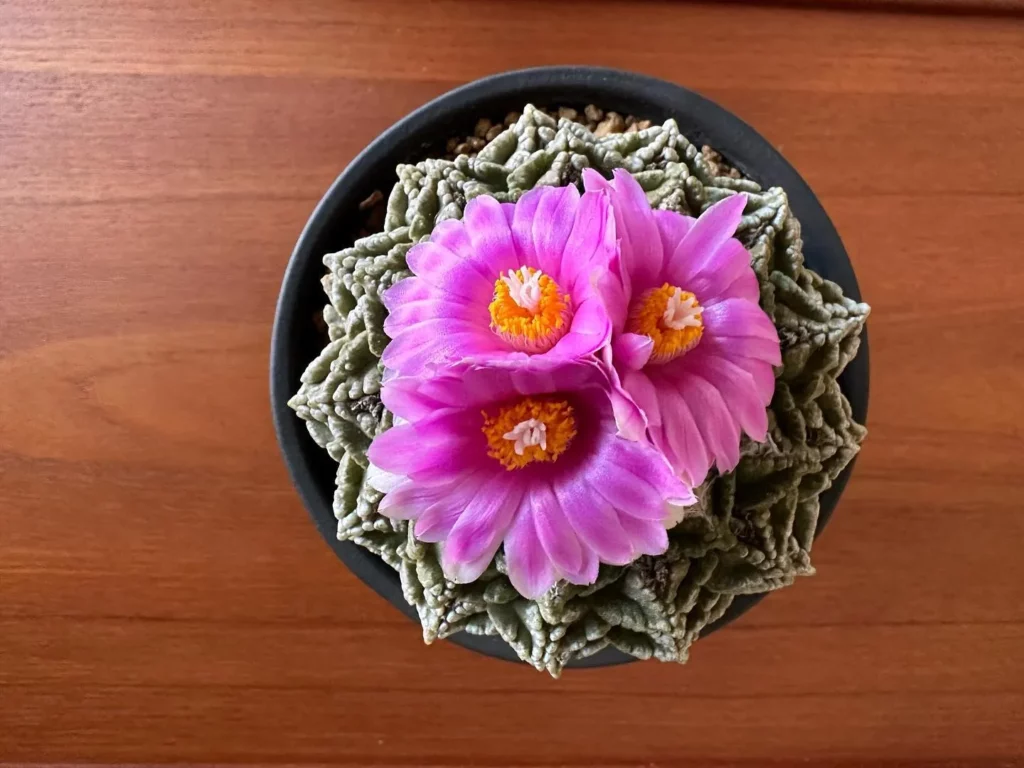
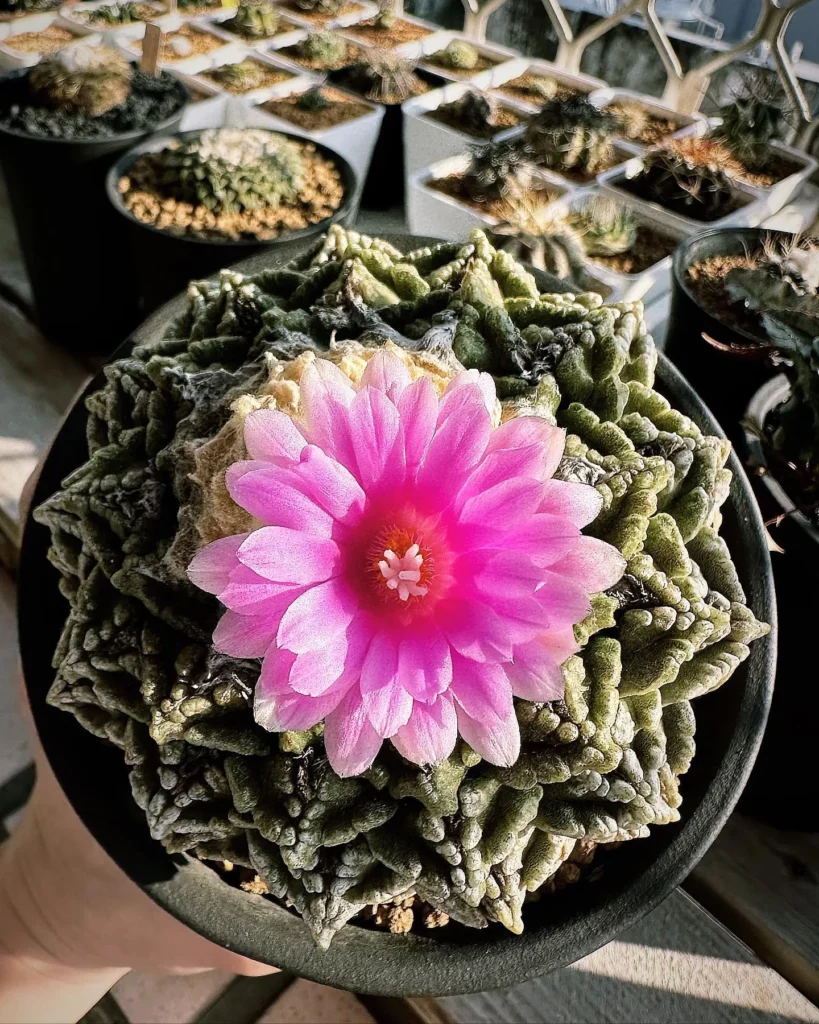
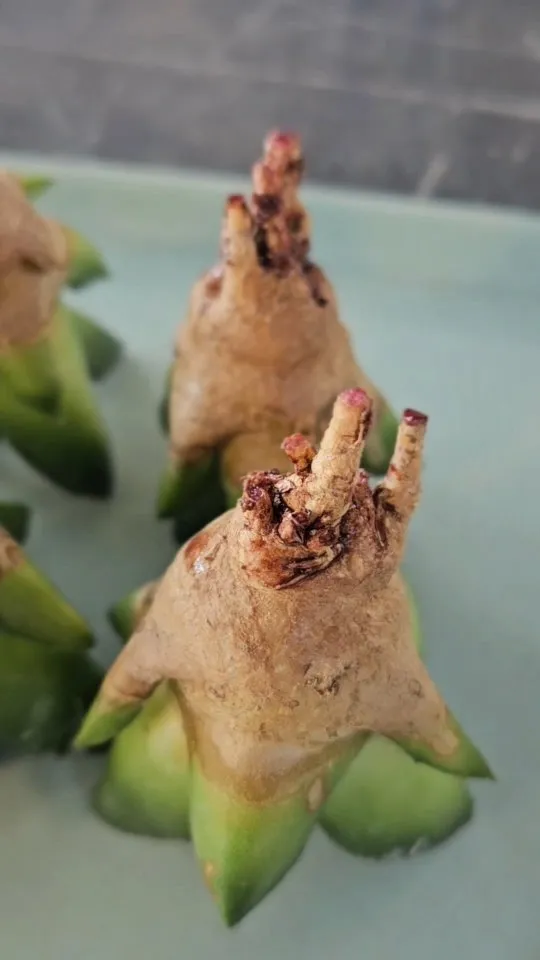
The Living Rock Cactus is visually captivating due to its unique appearance. Its flattened, rounded leaves closely resemble rocks, creating a remarkable camouflage. The texture of these leaves perfectly mimics the rocky terrain, further enhancing the plant’s ability to blend in. The colors of the Living Rock Cactus can range from dull green to gray, allowing it to seamlessly merge with the scattered stones found in its natural limestone habitat. This extraordinary succulent is truly a sight to behold in any garden or landscape.
Light Requirements for the Living Rock Cactus
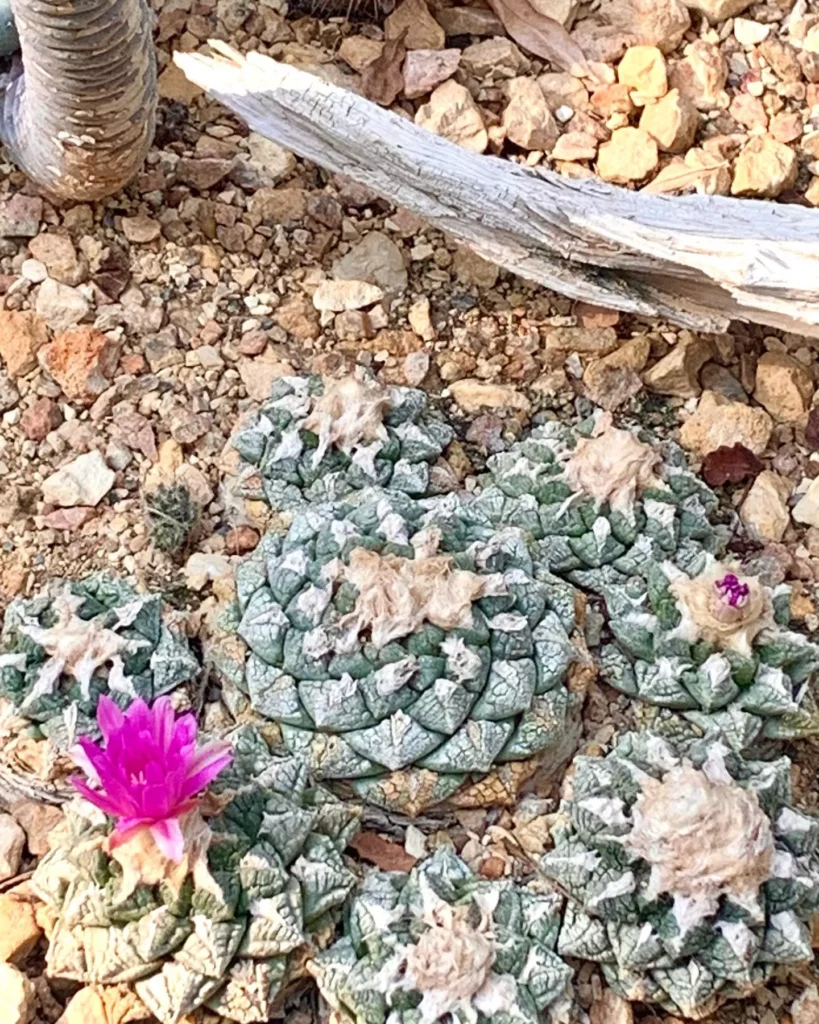
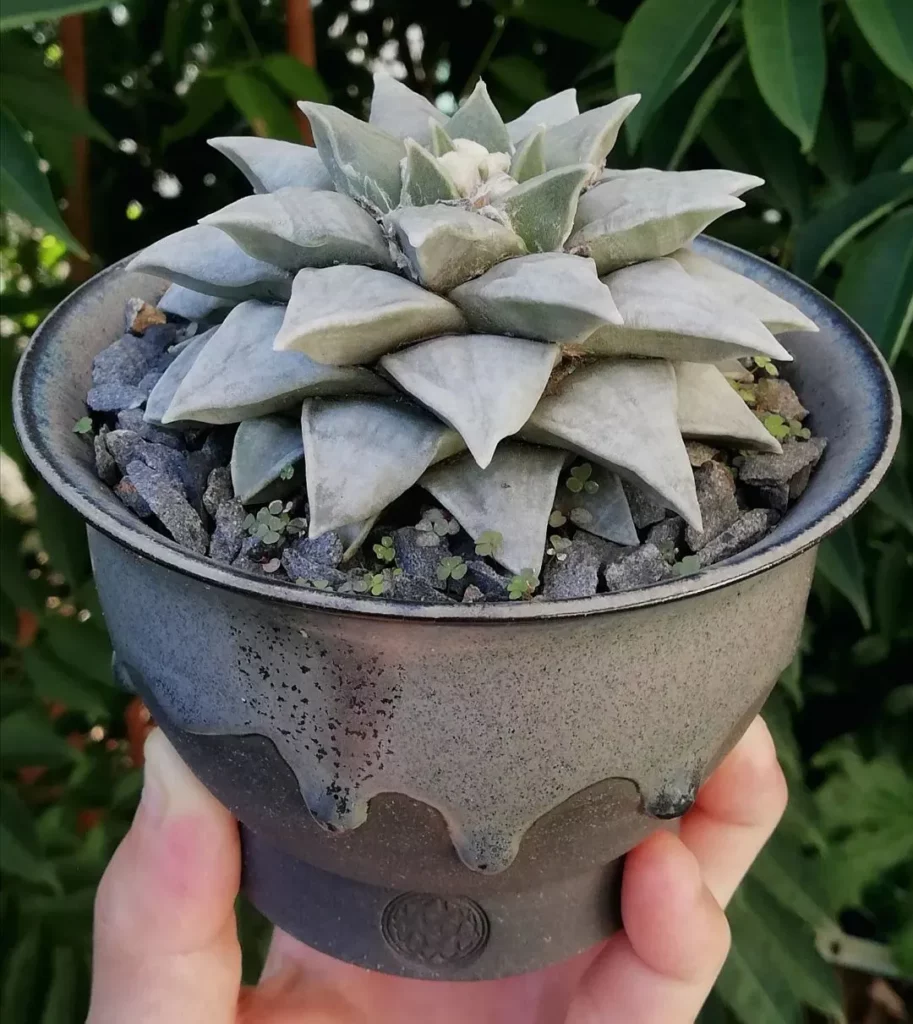
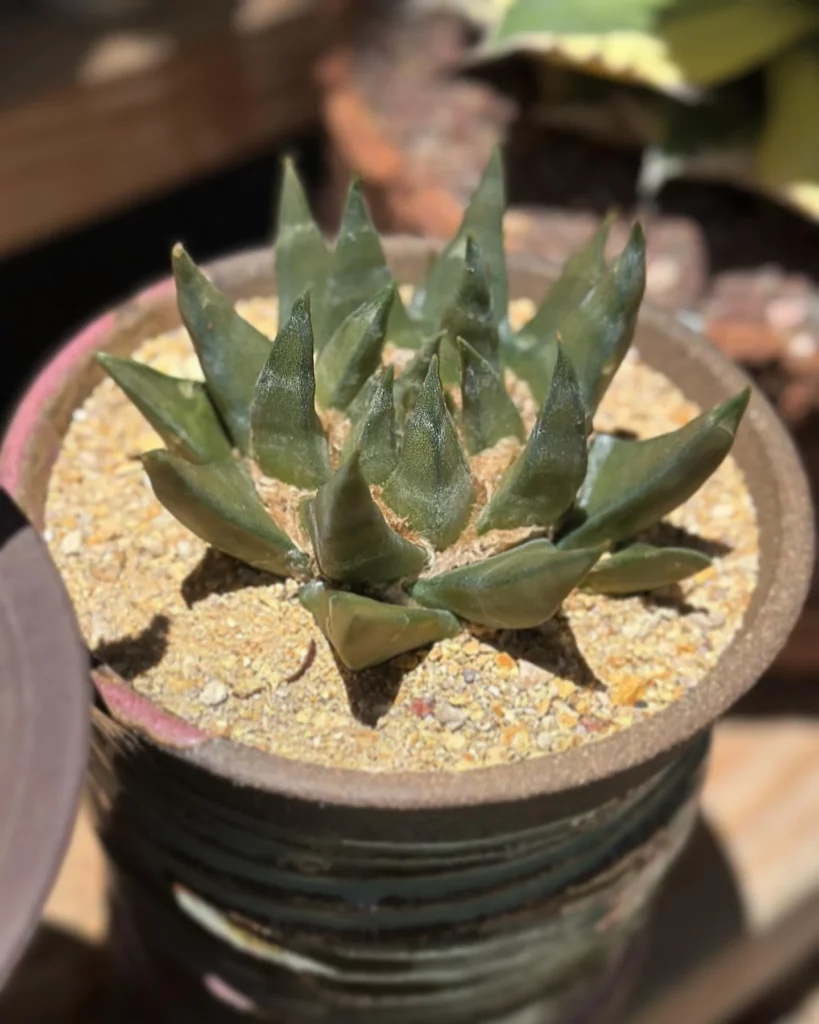
The Living Rock Cactus, also known as Ariocarpus fissuratus, thrives in bright, indirect sunlight. It has adapted to arid environments with high light intensity, making full sun the ideal condition for its growth. Placing your Living Rock Cactus in a location where it receives ample sunlight will promote healthy growth and vibrant colors.
However, it is crucial to avoid exposing the plant to direct, harsh sunlight. The delicate leaves of the Living Rock Cactus can be damaged and sunburned if not provided with the right amount of sunlight. To protect your cactus, consider placing it in an area that receives bright indirect sunlight, where it can benefit from the necessary light without being exposed to direct sunlight.
If you’re unsure about the amount of light your Living Rock Cactus needs, you can use these guidelines:
- Place your cactus in a spot where it can receive at least 6-8 hours of bright indirect sunlight per day.
- Avoid placing it near windows with direct sun exposure, as the intensity of the sunlight can be too harsh.
- Observe the plant closely and adjust its position if you notice signs of sunburn, such as wilting or browning of the leaves.
Watering the Living Rock Cactus
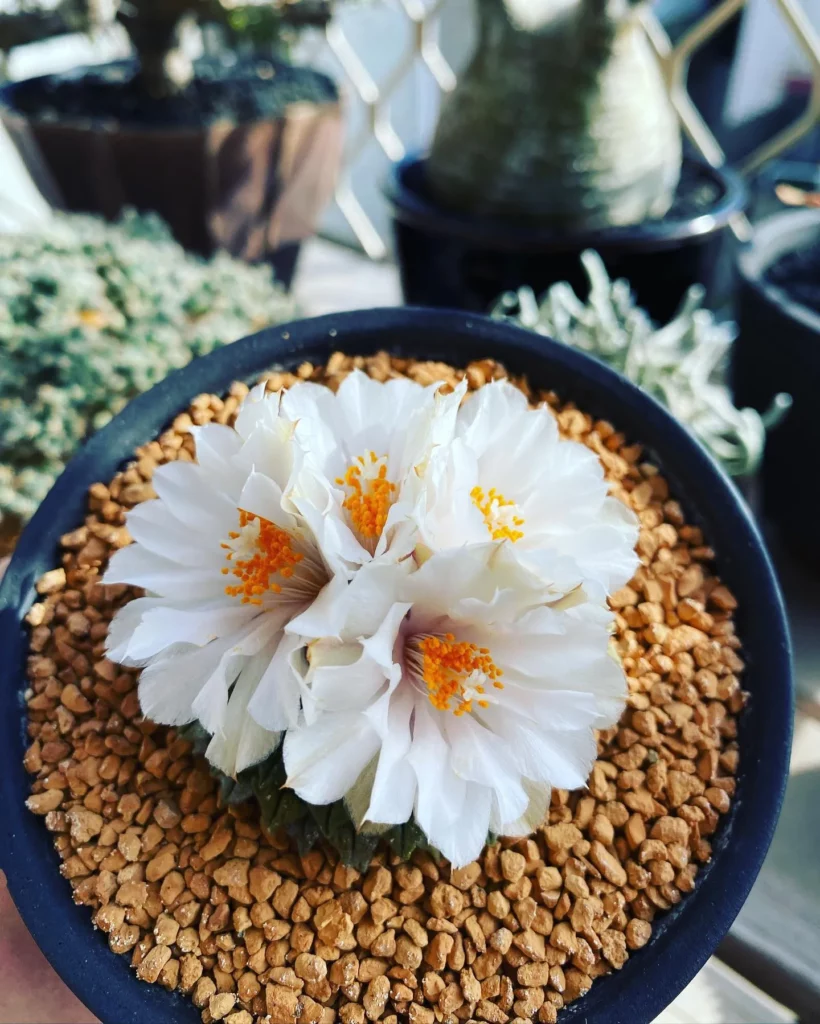
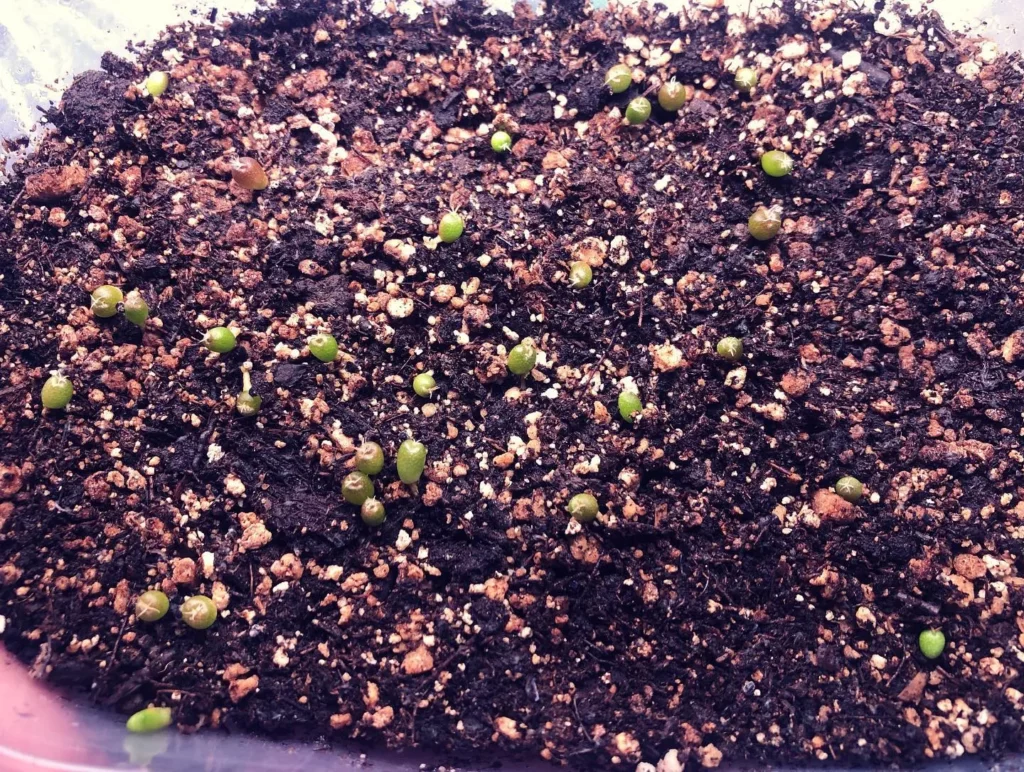
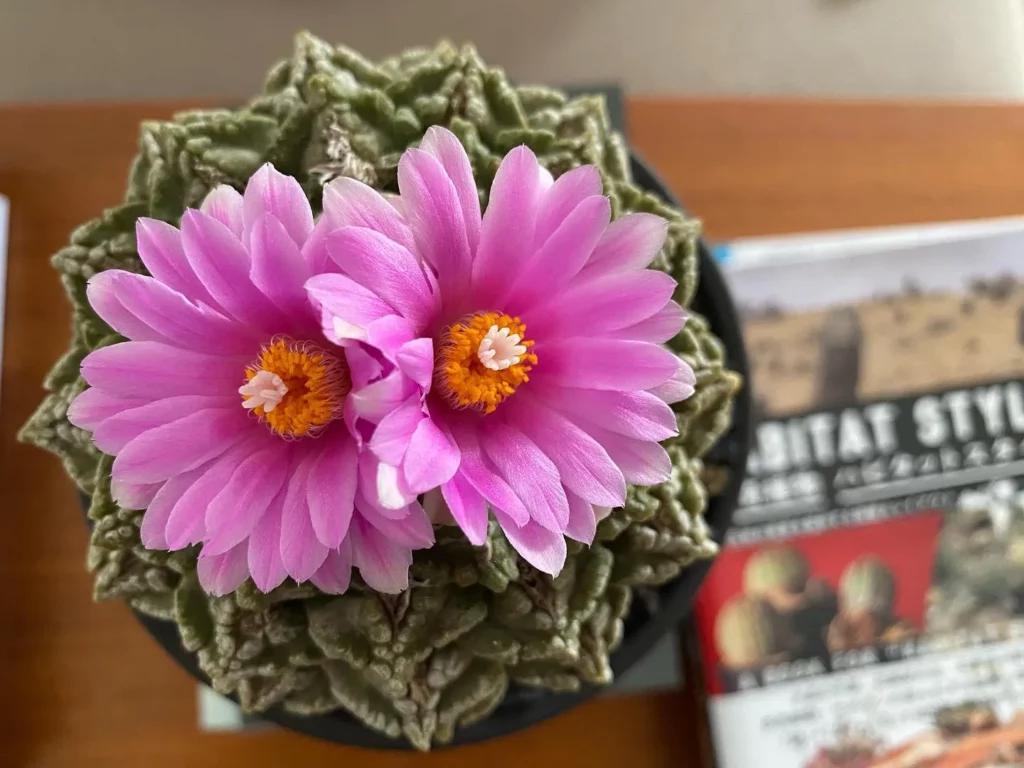
The Living Rock Cactus is a drought-tolerant plant that thrives on infrequent waterings. Overwatering can be harmful to its health, causing issues such as root rot. To ensure the optimal growth of your Living Rock Cactus, it is crucial to replicate its natural arid conditions by allowing the soil to dry out completely between waterings.
During the growing season, which typically occurs in the warmer months, watering your Living Rock Cactus once every 2-3 weeks is generally sufficient. This schedule ensures that the plant receives enough moisture without becoming waterlogged. However, it is important to adjust the watering frequency based on environmental conditions, such as temperature and humidity.
In winter, when the Living Rock Cactus enters its dormant stage, it requires even less water. During this period, reduce the frequency of watering to avoid overwatering, as the plant’s water requirements decrease significantly.
When watering your Living Rock Cactus, it is crucial to use the right technique. Aim to water the soil directly at the base of the plant, avoiding wetting the leaves or stems. This helps prevent moisture-related issues and maintains the overall health of the cactus.
- Water your Living Rock Cactus infrequently to mimic its natural arid habitat.
- Allow the soil to dry out completely between waterings.
- During the growing season, water once every 2-3 weeks, adjusting based on environmental conditions.
- Reduce watering frequency during the winter dormancy period.
- Avoid wetting the leaves or stems when watering.
Fertilizing the Living Rock Cactus
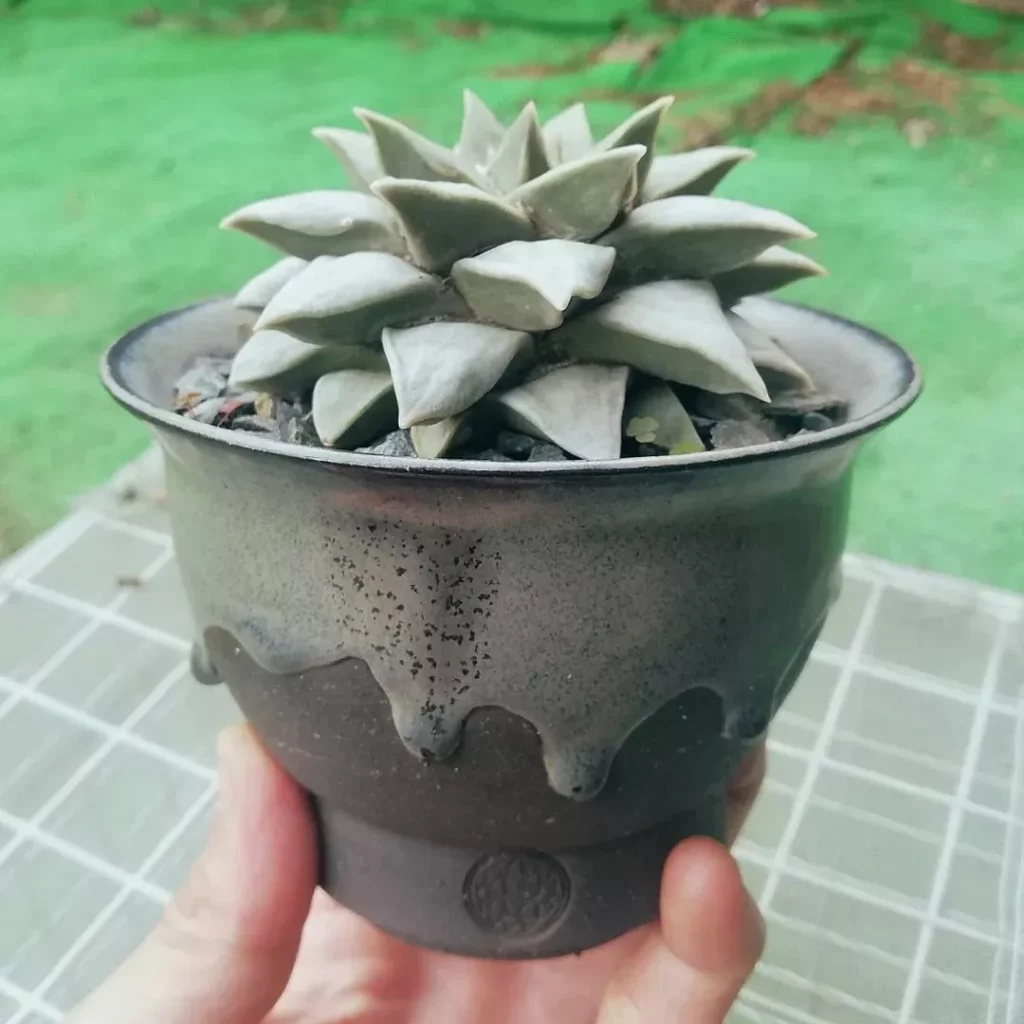
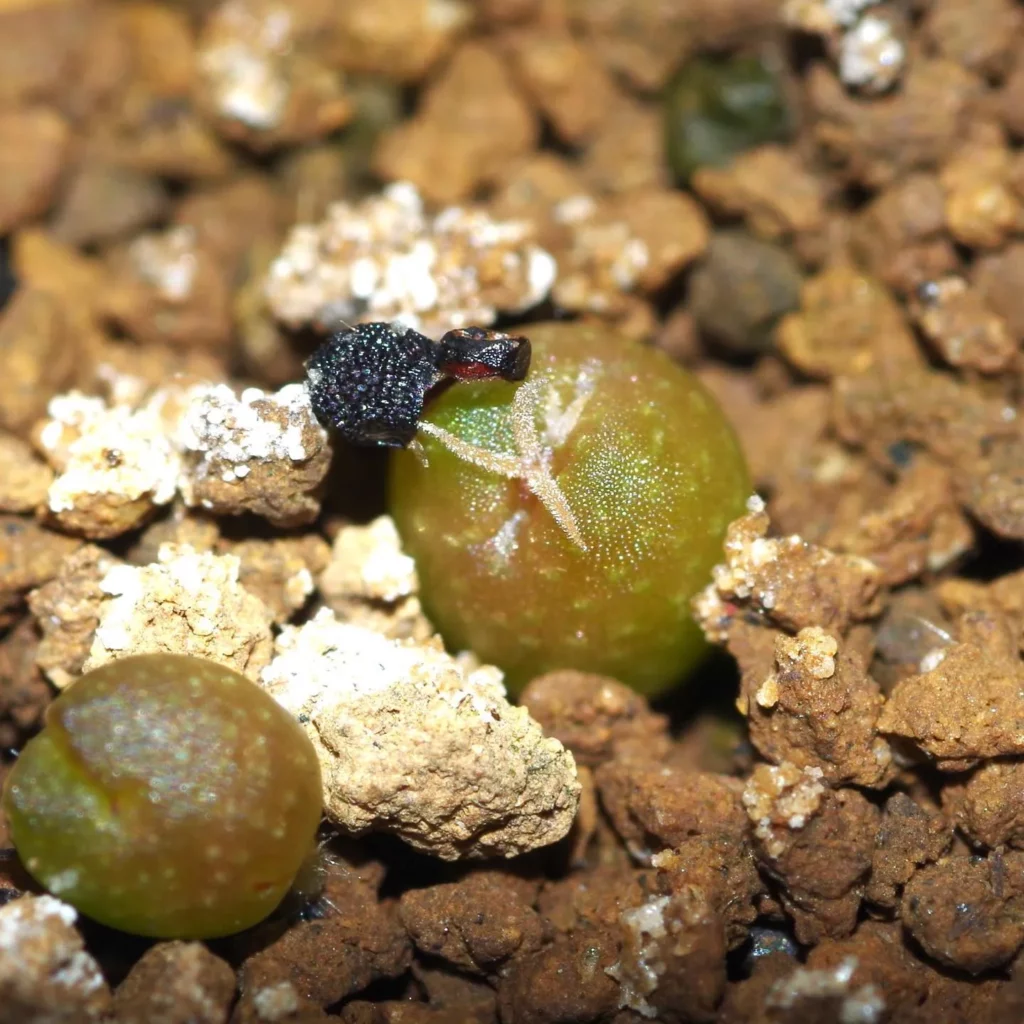
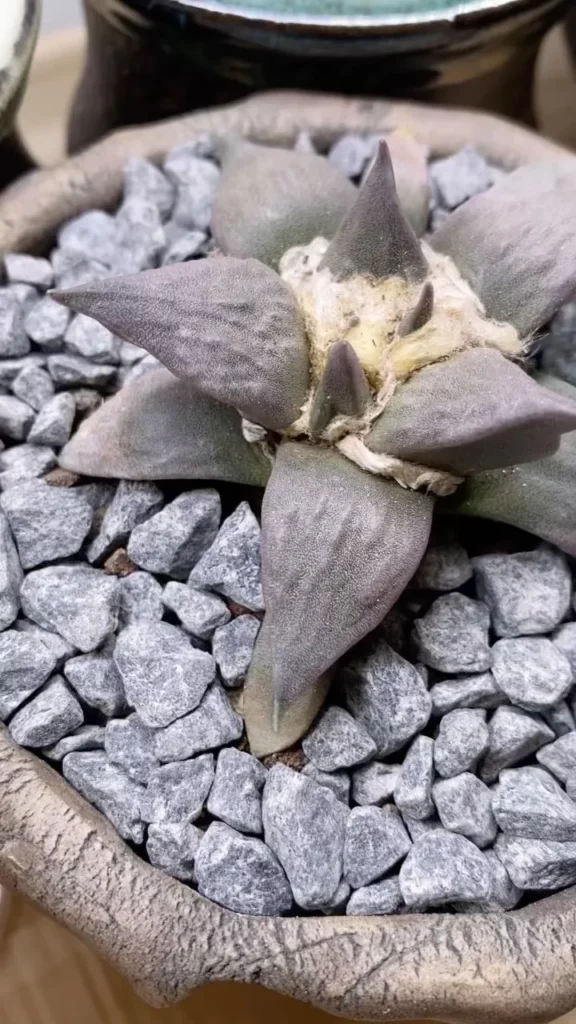
The Living Rock Cactus, with its unique adaptation to survive in low-nutrient soil, does not require heavy fertilization. However, providing some nutrients can enhance its overall health and growth. To meet its fertilizing needs, you can use a slow-release fertilizer specifically formulated for cacti and succulents.
During the growing season, apply the slow-release fertilizer sparingly, following the package instructions. This not only ensures that the Living Rock Cactus receives the necessary nutrients but also prevents overfertilization, which can lead to damage. Remember, less is more when it comes to fertilizing this resilient plant.
Potting the Living Rock Cactus
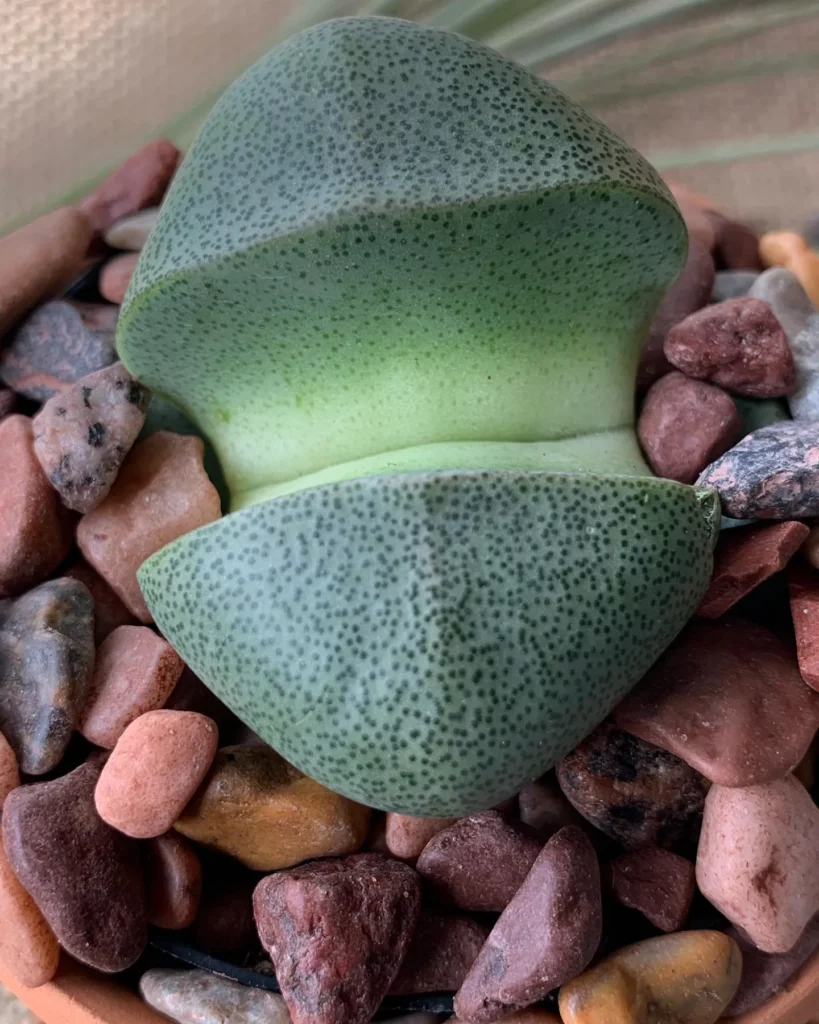
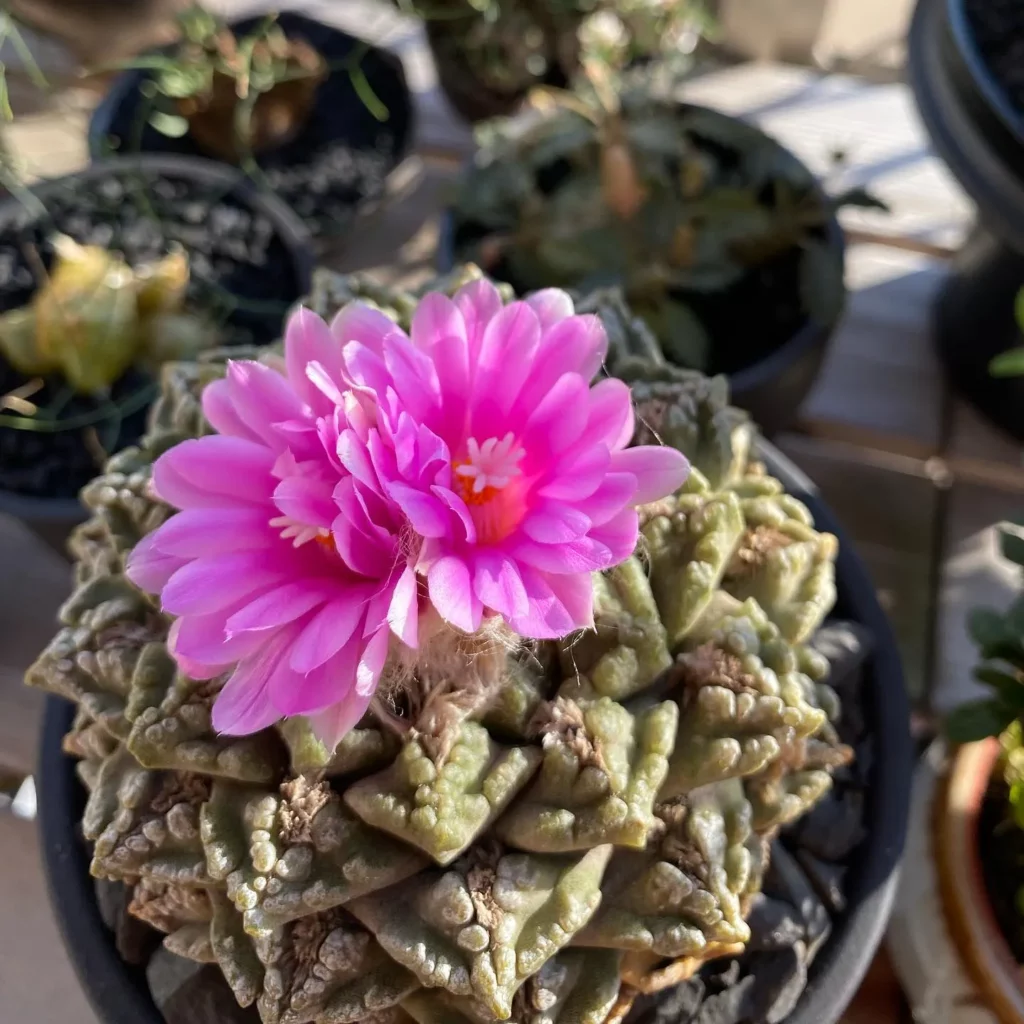
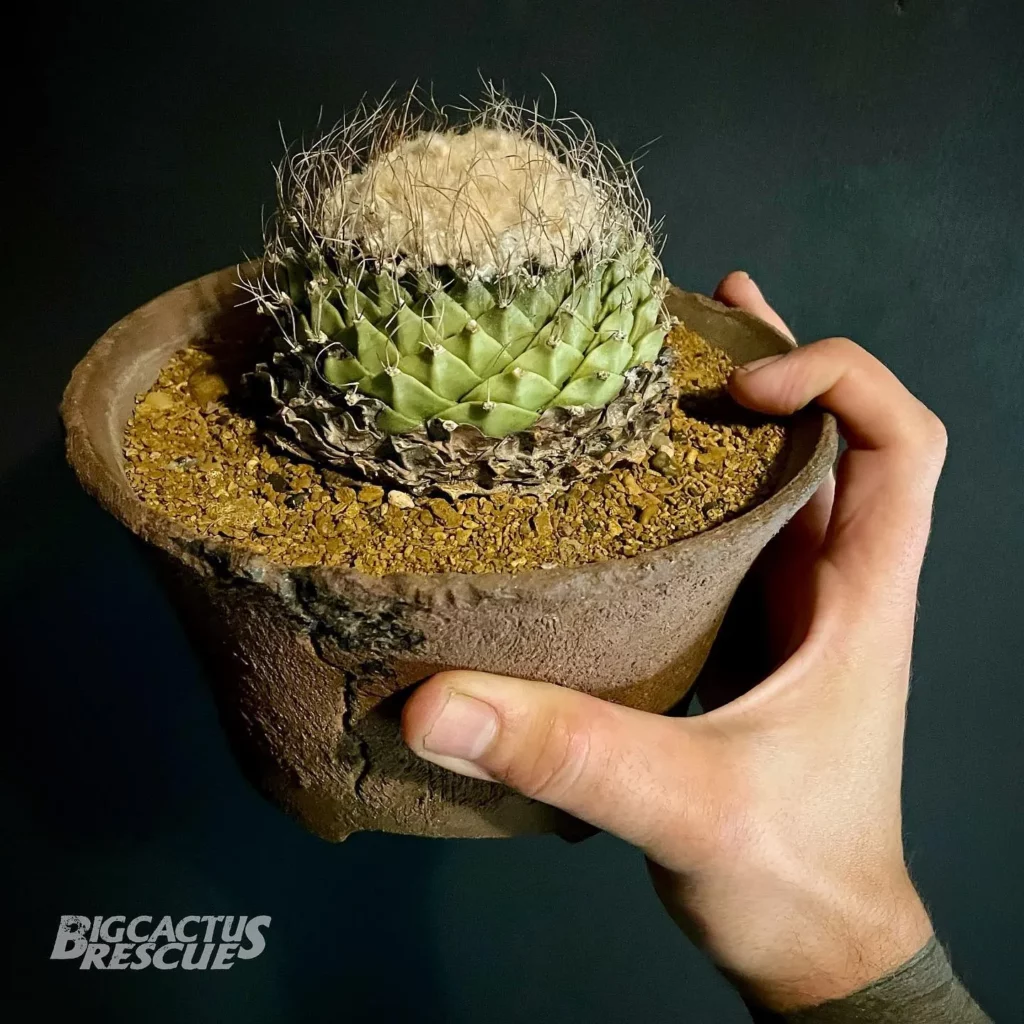
When potting the Living Rock Cactus, it is crucial to use a well-draining soil mix specifically formulated for succulents and cacti. This ensures that excess water can freely flow out of the container, preventing waterlogged roots.
Using a shallow container is ideal, as it mimics the natural habitat of the cactus and allows for better root development. The Living Rock Cactus thrives in shallow containers, as its roots spread horizontally rather than deeply. This also helps replicate the rocky terrains it naturally grows in.
Transplanting or repotting the Living Rock Cactus should be done sparingly, as the plant prefers to be undisturbed. It is best to only consider repotting when the cactus outgrows its current container or when the soil becomes excessively compacted. When repotting, choose a slightly larger container to accommodate the plant’s growth, but avoid using a container that is too big, as it may retain excess moisture.
Steps to Potting the Living Rock Cactus:
- Select a shallow container that is proportionate to the size of the cactus.
- Fill the container with a well-draining soil mix for succulents and cacti.
- Carefully remove the Living Rock Cactus from its current pot, being mindful of its spines.
- Inspect the roots for any signs of damage or disease, trimming them if necessary.
- Place the cactus in the center of the container, ensuring it is upright and stable.
- Gently backfill the container with the soil mix, firming it around the roots to provide stability.
- Water the newly potted cactus sparingly, allowing any excess moisture to drain away.
- Place the container in a location that receives bright, indirect sunlight.
Propagation of the Living Rock Cactus
The Living Rock Cactus, also known as Ariocarpus fissuratus, can be propagated through offsets and seeds. Offsets are small offshoots that develop around the base of the parent plant, which can be carefully separated and replanted to establish new plants. This method is relatively straightforward and allows you to expand your collection of Living Rock Cacti.
If you choose to propagate from seeds, it’s important to note that the germination process can be lengthy. To increase your chances of success, ensure that the seeds are kept in warm temperatures and planted in well-draining soil. The key here is patience, as it can take several weeks or even months for the seeds to germinate. But once they do, you’ll have newly sprouted Living Rock Cactus seedlings to nurture and enjoy.
Whether you prefer propagating through offsets or starting from seeds, the Living Rock Cactus offers multiple opportunities for expanding your collection and sharing the beauty of this unique succulent with others.
Growth and Development of the Living Rock Cactus
The Living Rock Cactus is an extraordinary plant that exhibits slow-growing characteristics, requiring several years to reach its mature size. This fascinating succulent remains relatively compact, with most specimens measuring only 1 to 2 inches in diameter. The compact size of the Living Rock Cactus makes it ideal for small spaces, such as terrariums or windowsills.
The growth rate of the Living Rock Cactus can be influenced by various factors, including the amount of light it receives, the temperature of its environment, and the care practices provided. To ensure optimal growth and development, it is important to provide the cactus with the right conditions.
Light: The Living Rock Cactus thrives in bright, indirect sunlight, mimicking the arid environments it naturally inhabits. Placing the plant in a location where it can receive ample sunlight will help stimulate healthy growth.
- Position the cactus in a spot that receives at least 6 to 8 hours of indirect sunlight each day.
- Avoid placing the plant in direct sunlight, as it can lead to sunburn and damage the delicate leaves.
Temperature: The Living Rock Cactus prefers temperatures between 70°F and 90°F (21°C to 32°C). Keeping the plant within this temperature range will contribute to its overall growth and well-being.
- Ensure the cactus is protected from extreme temperature fluctuations and cold drafts.
- During winter, when the plant is in its dormant stage, it can tolerate lower temperatures but should be kept away from frost.
Care Practices: Providing the right care practices is essential for the growth and development of the Living Rock Cactus.
- Water the plant sparingly, allowing the soil to completely dry out between waterings. Overwatering can inhibit growth and lead to root rot.
- Fertilize the cactus with a slow-release fertilizer designed for succulents, applying it according to the package instructions. Avoid overfertilization, as it can be detrimental to the plant’s growth.
- Use well-draining soil specifically formulated for cacti and succulents when potting the Living Rock Cactus. This will help prevent waterlogged roots and promote healthy growth.
Pests and Diseases of the Living Rock Cactus
The Living Rock Cactus is a resilient plant, but it can still be vulnerable to certain pests and diseases. One common pest that may affect your cactus is mealybugs. These small, white insects can infest the plant, causing damage to its leaves and stems. Regular inspections of your Living Rock Cactus can help you detect any signs of mealybugs early on.
If you notice mealybugs on your cactus, it’s important to take prompt action to prevent them from spreading. You can gently remove them using a cotton swab dipped in rubbing alcohol. Another effective method is to spray the affected areas with an organic insecticidal soap, following the instructions on the product label.
In addition to pests, the Living Rock Cactus is susceptible to root rot, a disease that can occur due to overwatering and improper drainage. To minimize the risk of root rot, it’s essential to water your cactus sparingly and allow the soil to dry out completely between waterings. Using a well-draining soil mix and a shallow container can also help prevent waterlogged roots.
FAQ
What is the Living Rock Cactus?
The Living Rock Cactus, also known as Ariocarpus fissuratus, is a unique succulent that mimics rocky terrains. It is a camouflaged wonder of nature that blends seamlessly with its surroundings.
What does the Living Rock Cactus look like?
The Living Rock Cactus has flattened, rounded leaves that imitate rocks with precision. The texture of these leaves resembles that of stones, adding to its camouflaged appearance. The colors of the cactus can vary, ranging from dull green to gray.
How much light does the Living Rock Cactus require?
The Living Rock Cactus thrives in bright, indirect sunlight. It prefers to be in full sun, as it has adapted to arid environments with high light intensity. However, it is important to avoid exposing the plant to direct, harsh sunlight.
How often should I water the Living Rock Cactus?
The Living Rock Cactus is a drought-tolerant plant and requires infrequent waterings. It is essential to allow the soil to dry out completely between waterings. During the growing season, watering once every 2-3 weeks is typically sufficient.
Does the Living Rock Cactus need fertilizer?
The Living Rock Cactus does not require heavy fertilization, as it has adapted to survive in low-nutrient soil. However, providing some nutrients can be beneficial for its overall health and growth. A slow-release fertilizer specifically formulated for cacti and succulents can be applied sparingly during the growing season.
What kind of soil should I use when potting the Living Rock Cactus?
When potting the Living Rock Cactus, it is crucial to use a well-draining soil mix specifically formulated for succulents and cacti. This ensures that excess water can freely flow out of the container, preventing waterlogged roots. Using a shallow container is ideal.
How can I propagate the Living Rock Cactus?
The Living Rock Cactus can be propagated through offsets, which are small offshoots that develop around the base of the parent plant. These offsets can be carefully separated and replanted to establish new plants. Additionally, the cactus can be propagated from seeds, although germination can be a lengthy process.
How fast does the Living Rock Cactus grow?
The Living Rock Cactus is a slow-growing plant, taking several years to reach its mature size. It remains relatively compact, with most specimens ranging from 1 to 2 inches in diameter. The growth rate can further be impacted by various factors, such as light, temperature, and care practices.
What pests and diseases should I watch out for with the Living Rock Cactus?
The Living Rock Cactus is generally resilient to pests and diseases. However, it can occasionally be susceptible to infestations of mealybugs, a common pest for succulents. Regular inspections and prompt treatment can help prevent these pests from damaging the plant. Overwatering and improper drainage can lead to root rot, which is one of the main diseases that can affect the cactus.

